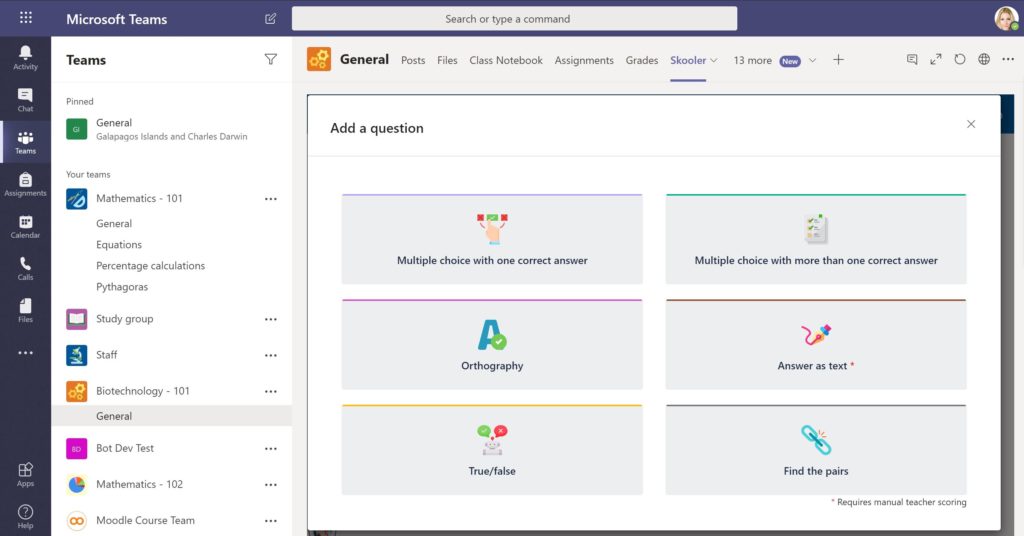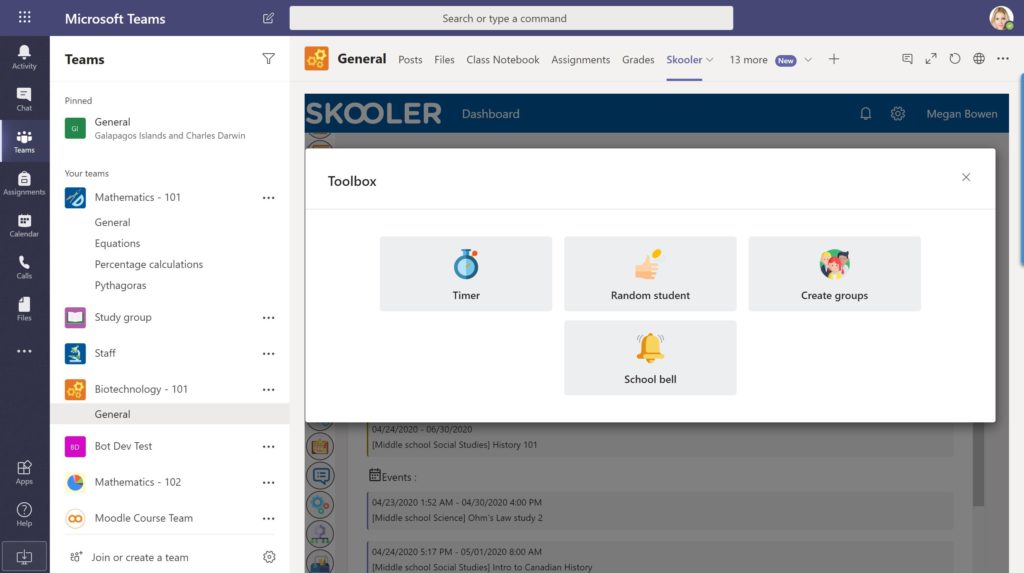The concept of remote learning isn’t new. While it feels like a relatively new idea, due to advances in technology, the term has been around since the late 1900s. According to OnlineSchools.org, “the concept of distance learning first came into practice in the mid 19th century when the U.S. Postal Service was developed. The notion of reliable, long-distance correspondence led to the development and implementation of what were called commercial ‘correspondence colleges,’ where instructional missives would be distributed through the postal service between students and professors.”
While the global COVID-19 pandemic has caused schools around the world to change how they operate, which has been a challenge for some, remote learning offers many benefits. As the world learns to adapt to reviewing coursework online, the impact of remote learning on teachers, students and parents has been enormous. To support those of you who are using the Skooler Learning Management tools , we are offering a free webinar on Wednesday, May 13 – Making the Transition to Remote Learning. This webinar will help participants understand how to setup your school for remote learning with Microsoft Teams & Skooler.
In the meantime, we’d like to share how teachers are connecting with students and parents in the age of remote learning.
Remote learning can be fun…really
As president Franklin D. Roosevelt said in his 1933 inaugural address, “We have nothing to fear but fear itself.” The idea of remote learning may be daunting, but it’s easier than most people might expect. When asked about transitioning to a remote learning model, Jon Ohlsson, a high school teacher and ICT coordinator in Sweden who uses Skooler commented, “Remote Learning has been an adventure for our school. From initial skepticism and fear of technical troubles, our teachers now find it both fun and engaging. Instead of going ‘Why?’ and ‘How?’ we now give each other tips and share experiences.”
Here are two features within Skooler that are designed to help teachers improve how they engage with students.
Quiztool gives teachers ultimate flexibility
Creating assignments for students and providing instruction to help them learn the material is a core part of teaching. The next step is to design tests that help students demonstrate their mastery of the material. Most schools have moved past the days of simple multiple choice and true-and-false questions, with a new emphasis on having students show they know how to apply what they’ve learned rather than simply showcasing rote memory.
Combining Skooler within the Microsoft Teams environment gives teachers virtually unlimited freedom to create tests in a variety of formats. The Skooler Quiztool feature empowers teachers to create tests for each discipline, in whatever format they prefer, and is easy to share with students and fellow teachers. In addition, content can be inserted, such as a video or a reference to an information source, that provides additional creative license for teachers.

Toolbox allows teachers to create a virtual classroom environment
One of the benefits of remote learning is that students, and parents who provide academic support, can determine when they want to schedule class time. For example, some students may want to start their assignments at the beginning of the day. Others may have siblings who are also doing their schoolwork which means that computers and iPads need to be shared, which can impact when they can do their work.
Using the Toolbox features allows teachers to establish how long students should work on assignments, by using the Timer feature, or keep students on a normal routine by using the School Bell feature.

Both the Quiztools and Toolbox features are designed to simplify how teachers perform their jobs and make it easy for students to adhere to a regular schedule.
Remote learning in a changing world
Even without the COVID-19 pandemic, remote learning has now become a viable option for education. While remote learning requires teachers to change how they present materials and test students for comprehension, fundamentally the curriculum remains the same. The beauty of remote learning is that it teaches students how to manage their time, work independently and learn how to collaborate with others.
Next week we’ll discuss how other features of Skooler help teachers, students and parents tap into the power of remote learning.
